Are you trying out a reading workshop model this year with your Kinders or first graders? If so, you might be wondering, how on earth do I set up a reading workshop when my kids can’t even read?!
That’s definitely what I was wondering when I first started implementing reading workshop a couple of years ago. I was teaching Kindergarten, and I think I only had one student who knew a few letter names. They didn’t know letter sounds, and I definitely didn’t have any beginning readers.
If this is what your situation is like, you can still implement a reading workshop in your classroom! Even if your little ones can’t name a single alphabet letter, there are things you can teach them to begin setting up the reading workshop. Here are some ideas for minilesson topics that you can use when you first start reading workshop with your nonreaders:
– Procedures and Routines: Begin with the basics, such as: how students should access their reading materials, where they should sit, how to treat books, how to hold the book correctly and turn the pages, how to read silently and keep their eyes on the book, etc. It will definitely take multiple days (maybe even weeks) to teach all these routines and procedures. Just teach one simple procedure per minilesson. Also, to squeeze more procedures into one day of reading workshop, you can teach a minilesson, have kids read for 5 minutes, teach another minilesson, and have them read for another 5 minutes. This gives you more time to teach important routines, while still taking into account your students’ teeny tiny attention spans!
– How to Tell a Story from the Pictures: Teach students that even if they can’t read the words, they can still tell a story to themselves from the pictures! Simply telling kids that they can do this isn’t enough, though – you have to actually model it. What I did was check out a few picture books from the library in languages that I can’t read – Russian, Chinese, Polish, etc. I would show students the book and begin by saying something like, “I found this beautiful book in the library, and I really want to read it. But I have a problem. The book is written in CHINESE! I don’t know how to read Chinese!! But guess what? Even though I can’t read the words, I can still tell the story by reading the pictures. Let me show you what I mean.” Then I would begin paging through the book, telling the story aloud as students listened. I would wrap up by saying something like, “Today I showed you that even if you can’t read the words of a book, you can still use the pictures to tell yourself the story! You can try this out today during reading time.” And then I would dismiss the kids to begin reading. Some of my Kinders were able to do it after I modeled once, but I modeled this skill several more times with different books so that all of the kids eventually “got it.” One note about this – make sure that when you establish guidelines for independent reading, you don’t require students to be completely silent. When kids begin to tell a story by using the pictures, teach them to whisper the story quietly to themselves – most kids won’t be able to silently tell the story in their heads.
– How to Retell a Story You Already Know: Spend lots of time in those first few weeks of school reading aloud fairy tales and repetitive books to students. Some books I love using for this are: The Three Billy Goats Gruff, The Three Little Pigs, Brown Bear, and I Went Walking. Then, get as many copies as you can of each of those books. Place them in students’ reading bags (side note: at the beginning of the year, rather than having students check books out, I prepared book baggies for them and had them switch bags amongst themselves each day so they would have new books to read). Then, teach a couple of minilessons about how to tell a story that you already know. You might start by saying something like, “Readers, today I want to teach you that when you are reading a book that you’ve already heard before, you can retell the story using the pictures and what you remember about the story.” Then, take out a story that children are familiar with and model retelling it (without using any of the words). Have students practice this during independent reading time.
– How to Read Songs: I loved singing with my Kindergarteners, and I taught them quite a few songs at the beginning of the year (simple, shorter songs are best). I then gave them copies of the lyrics that they could “read” during independent reading time. To make this work, I started by typing up the lyrics to each song. On each page, I put an image that went with the lyrics (for instance, with a song about a frog, I put clipart of a frog on that page, so they would immediately know what song it was). Then, while we sang the song as a class, I projected a copy of the lyrics on my interactive white board. I modeled how to point to the words as we sang. After practicing a song many, many times, I made copies of the lyrics for the kids. I modeled how to sing the song using the lyric sheet, and then gave them the sheets to keep in their bags for independent reading time. It was soooo cute to see them whisper-singing the songs to themselves and attempting to point to the words! They just loved this option for independent reading time. If you teach in Spanish, click HERE for a free copy of the lyrics that I used with my bilingual Kinders.
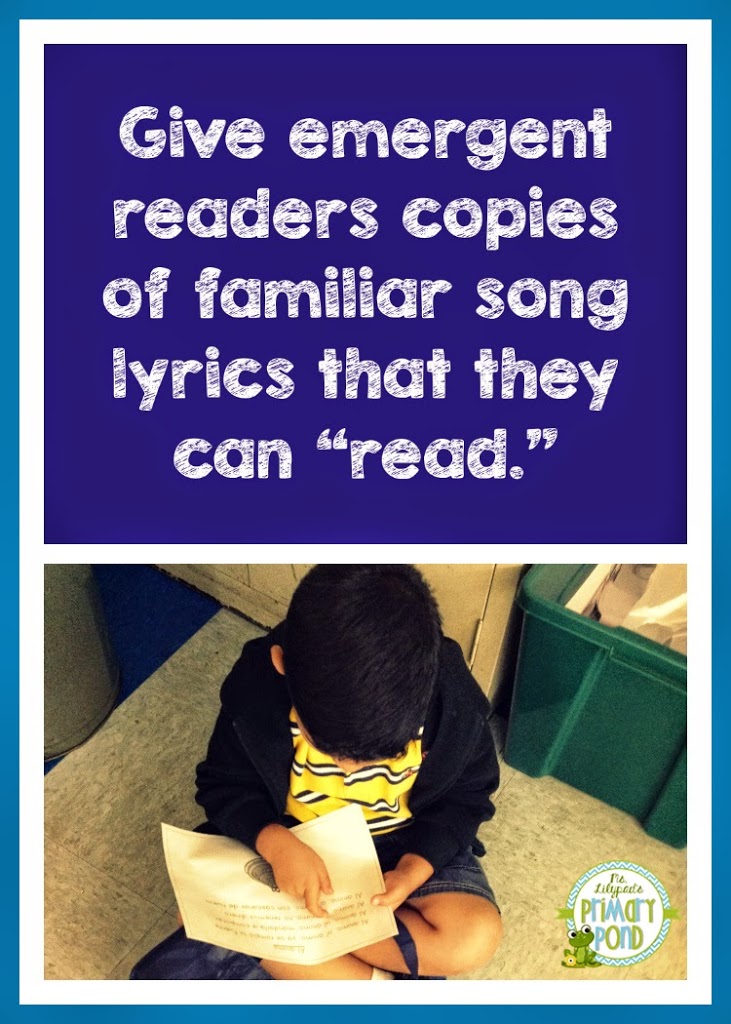 |
– Partner Reading: Since little ones can’t sustain independent reading for very long at the beginning of the year, mix things up with some partner reading activities. Teach kids how to take turns and compromise when selecting a book with a partner. Show them how to place the book in between the two readers. Then, model different options – different reading activities the kids can do with their partners. You can show kids how to take look through a book together and take turns telling what is happening on each page. Kids can also take turns retelling entire stories to each other (one child retells one book, and the other child does the next book). You can eventually teach them how to act out a story or part of a story together.
I hope these ideas are helpful for you and your little readers! If you are interested in ready-to-go lessons and posters to teach students how to partner read and talk about texts together, check out my “Buzzing About Books” pack:
I also have a reading comprehension unit for K-1 that teaches students how to set a purpose for reading, answer questions by giving details/evidence from the text, turn and talk to a partner to share their ideas about a story, distinguish between fiction and nonfiction texts, identify and name the parts of a book, and identify the roles of the author and illustrator/photographer. These make great minilessons for reading workshop or readalouds at the beginning of the year.
For those of you who teach slightly older kiddos who can already read, check back in about a week for a post on kicking off the reading workshop with students who can read traditionally.
Happy teaching!


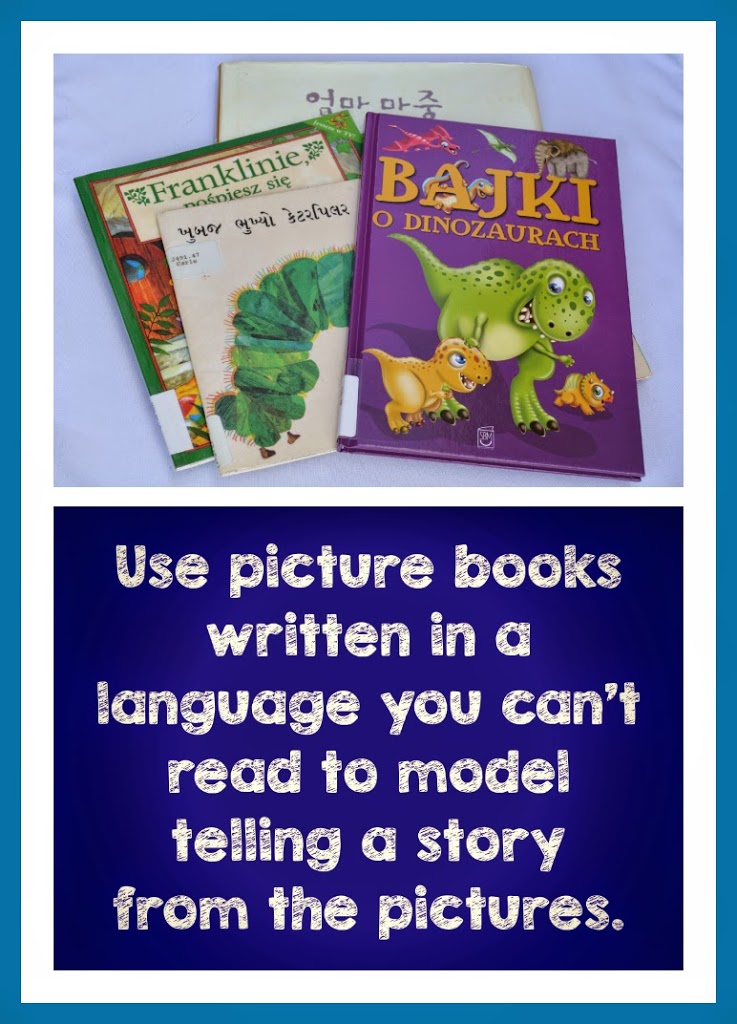
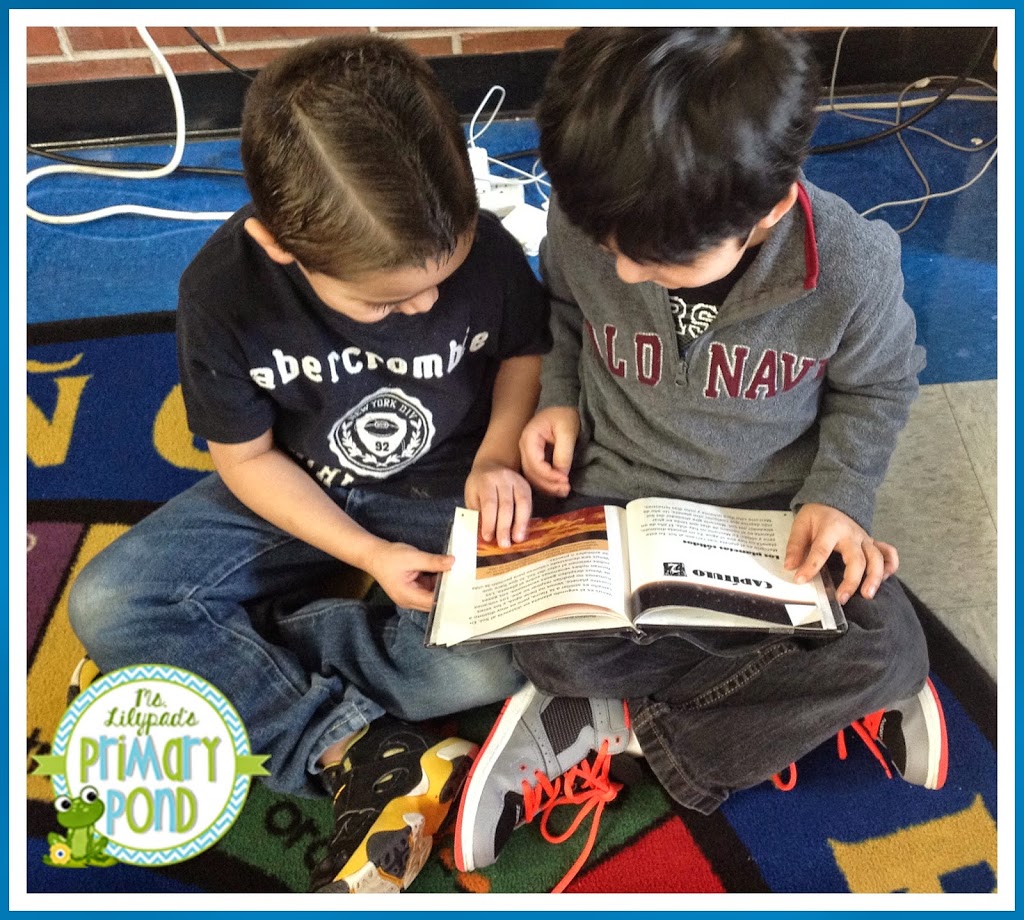
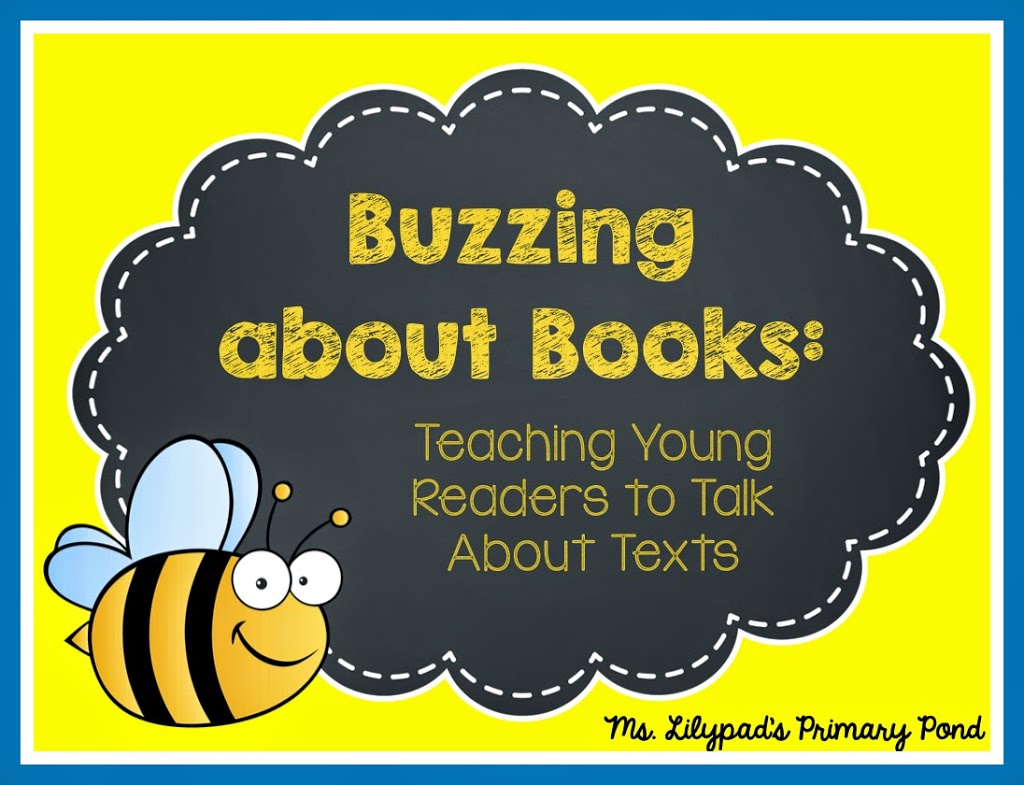
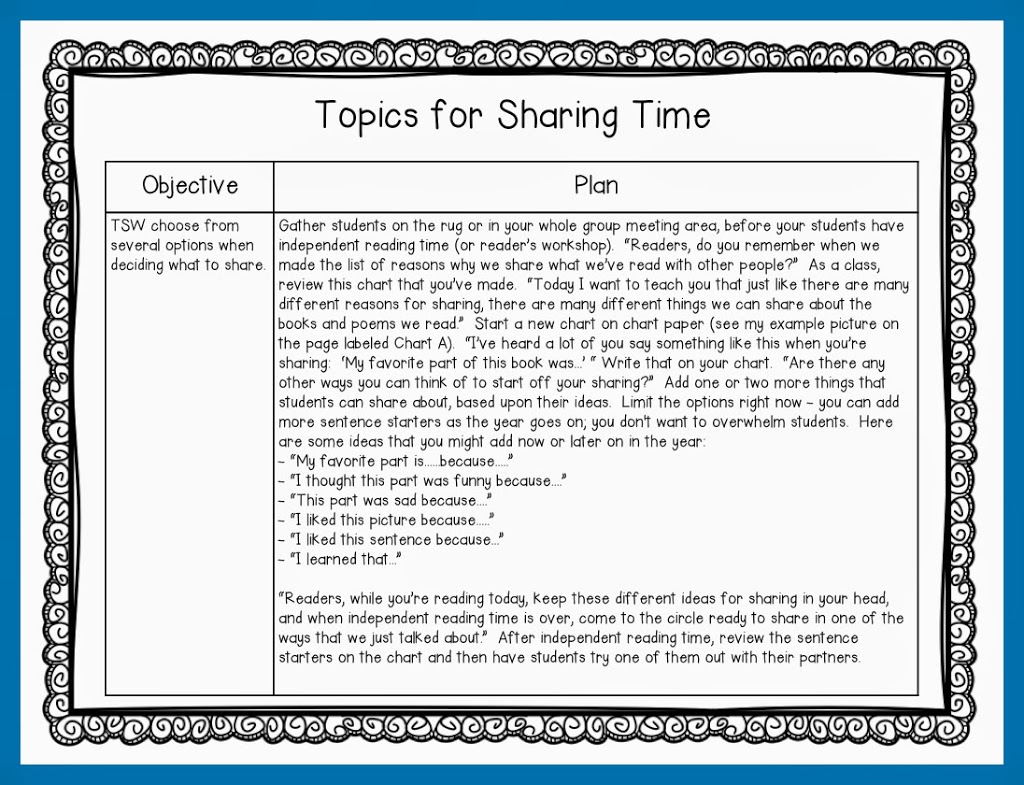
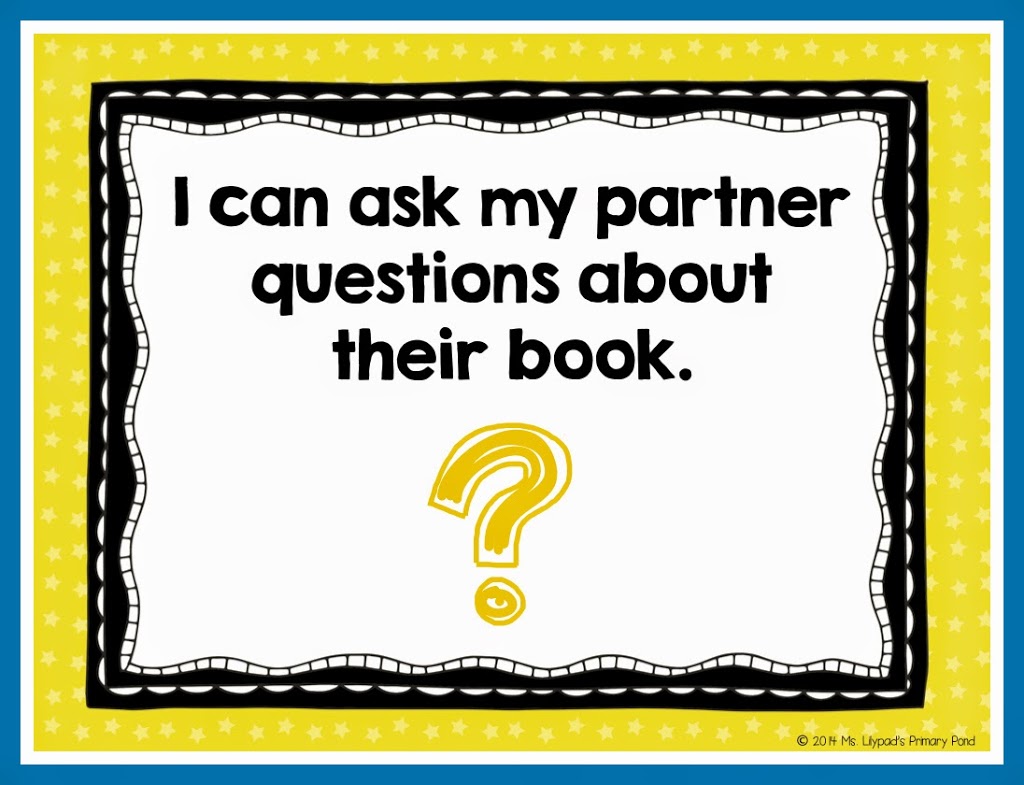
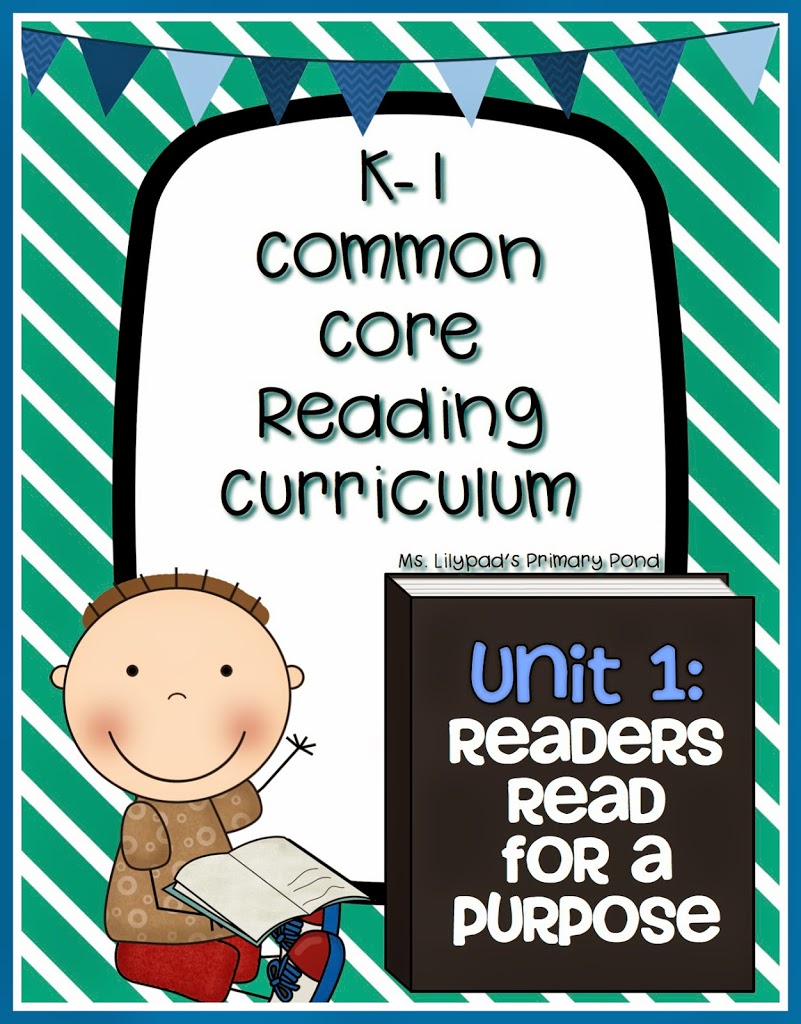
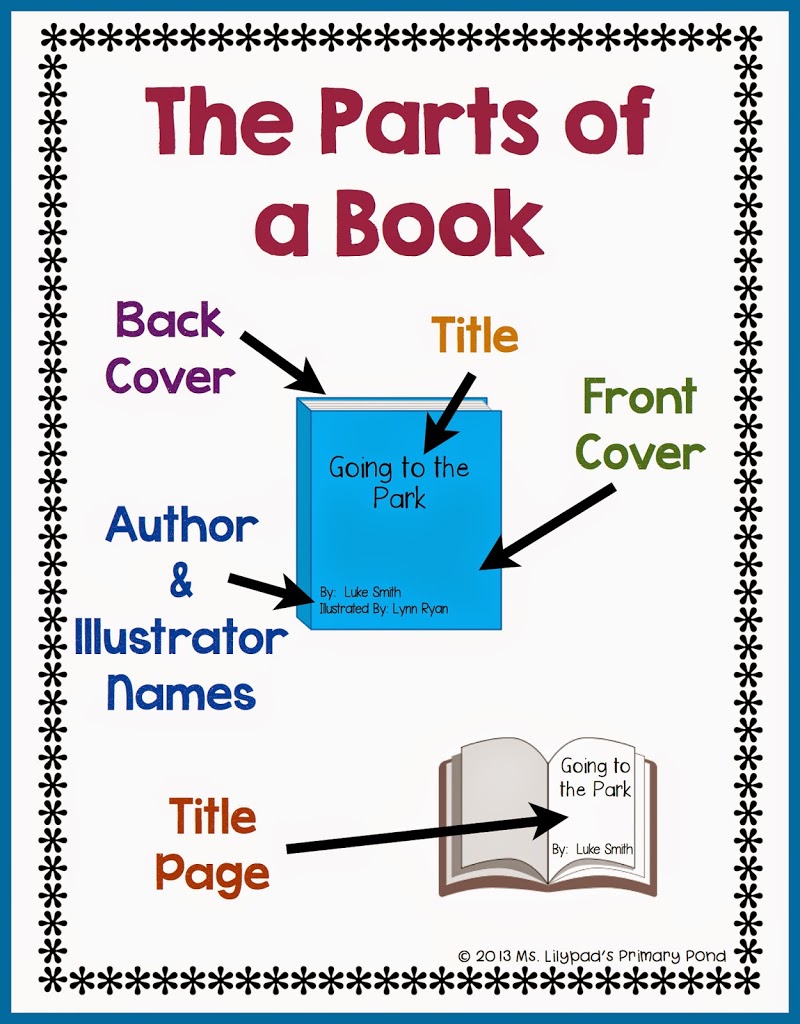
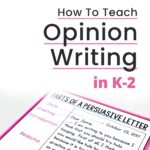
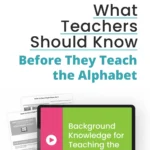
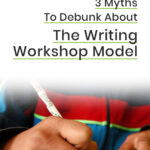
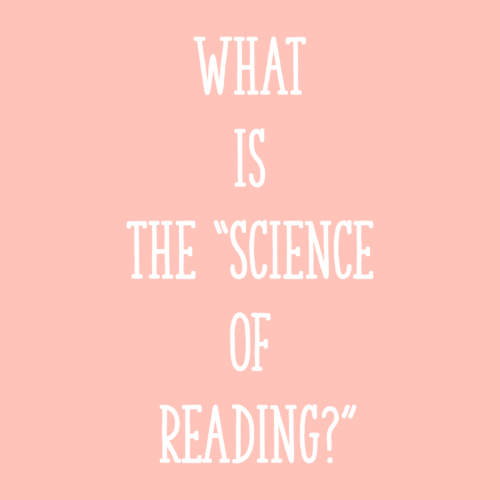

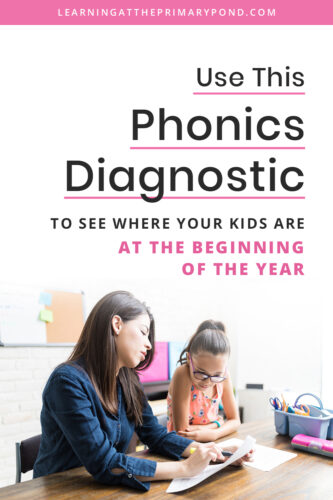






that was great-very clear –
Super great ideas- I shared it with our school- thanks
Awesome! I’m so glad it was helpful!
Alison
Loved your info!! I am a spanish teacher and work at a dual program (spanish-english) and enjoy letting my students read. You gave me great tips. Any piece of advice for spanish kinderg..??
Hey Ibeth! So glad you like the post! I will email you some posts I have done that might help with Spanish dual language Kinder. 🙂 Alison